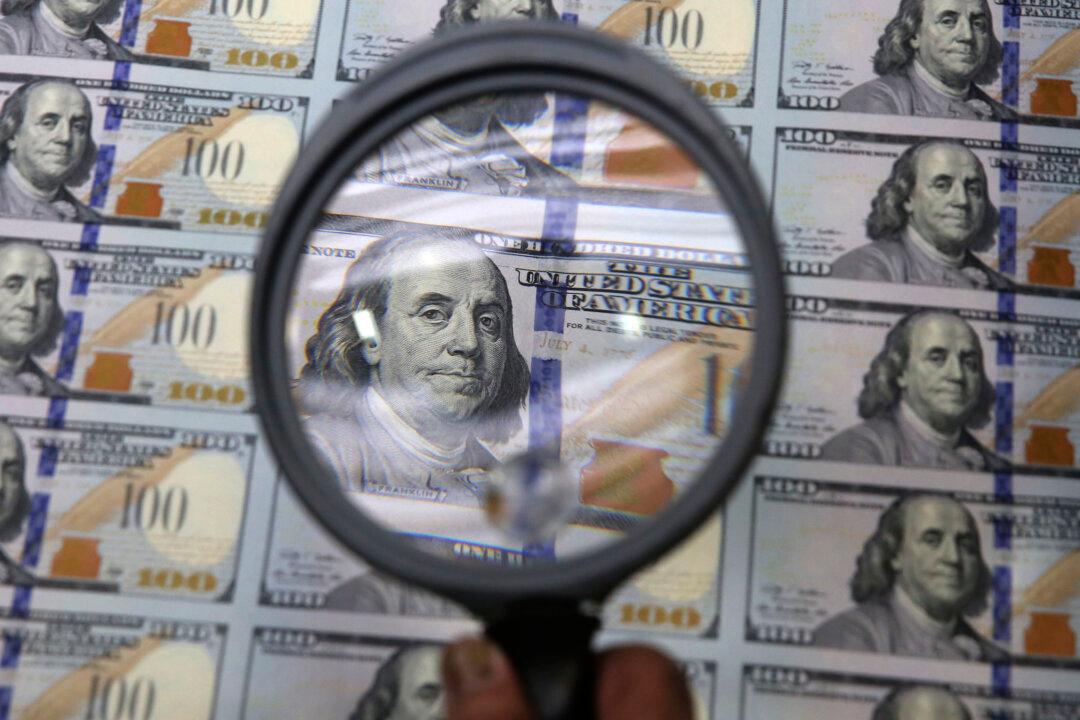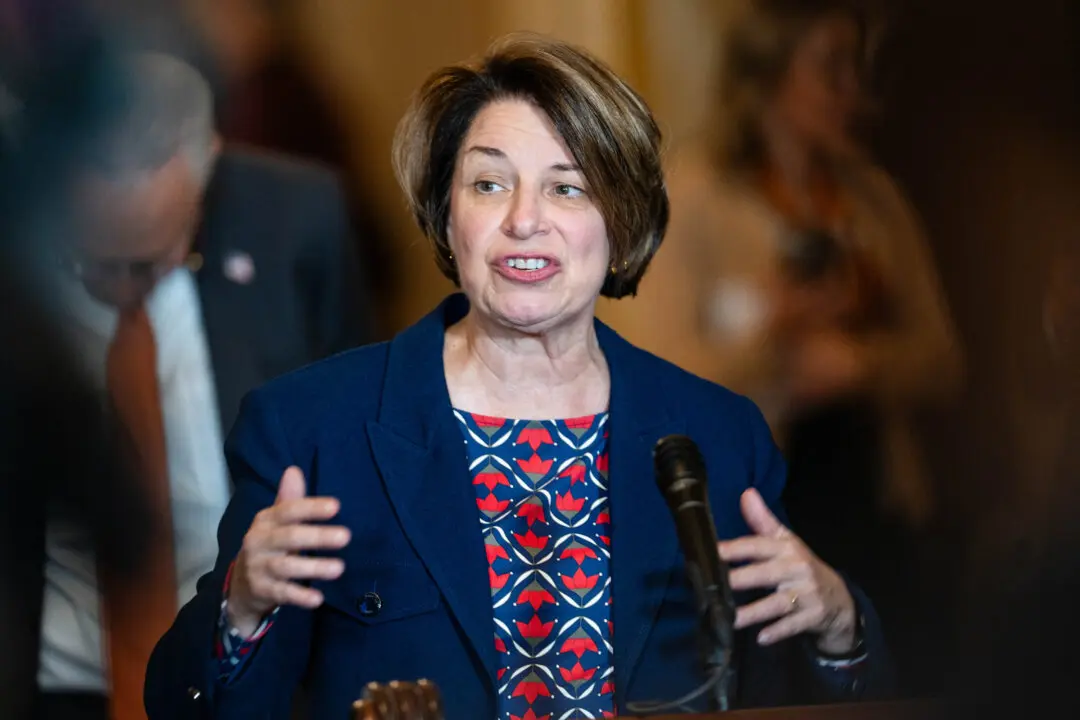A popular tax break in the form of being able to make so-called catch-up contributions to 401(k) retirement savings plans is set to vanish for many higher-earning Americans at the end of this year.
Catch-up contributions refer to a provision in 401(k) plans that allows individuals aged 50 and older to contribute extra money to their retirement savings accounts. The aim of catch-up contributions is to enable older workers to accelerate their retirement savings in the years leading up to their retirement.





